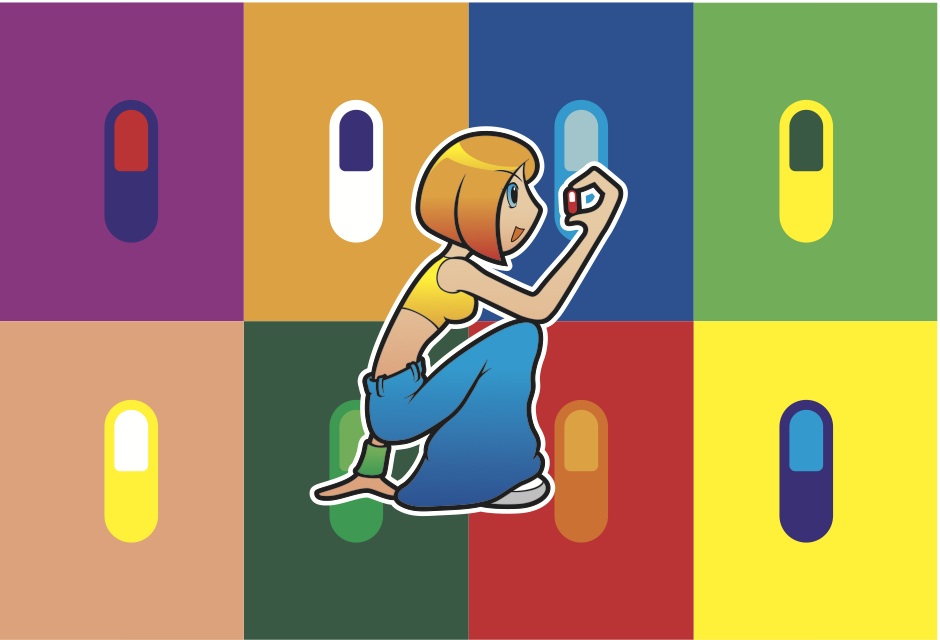Drug education does not solely require educating people about drugs; it can also mean educating them about how to use drugs safely. This increases their capacity to mitigate the risks related to drugs, empowering them to manage their substance use. In turn, this helps them make better decisions about use in the context of their own unique situation.
The Safer Use series, developed by the Centre for Addictions Research of BC, offers practical ways for people who use substances to be active players in their own well-being, including helping them develop skills in managing their patterns of use, as well as adopt safer modes of use and ways to mitigate risk.
One of the challenges in developing the series was how to address effectively the needs of people who are experienced in substance use yet may be using in risky ways. As the development process unfolded, it was helpful to constantly ask is the content …
- Easy to understand. “Clear but not simplistic” is a useful principle to keep in mind. The aim is to help the reader grasp and use the content as easily as possible. Some ways to do this include using audience-appropriate everyday words (e.g., “drunk” rather than “intoxicated”) as well as clarifying with illustrations and using informative headings such as “before you start” and “things to avoid.”
- Relevant. Knowing the audience is so important. Material that is tailored to address specific concerns helps engage people and draw them in. For instance, techniques of safer injecting may matter to street-entrenched youth, but would be less relevant for club- or party-going youth who may be more concerned about “safer tripping” strategies.
- Useful. Ensuring suggested practices are doable and practical improves the chances they will be adopted. This involves going beyond the ideal (e.g., recommending the use of sterile water) and providing more accessible alternative measures (e.g., boiling tap water). While it’s critical to ground content in sound theory and evidence, lengthy explanations of the research behind a suggested practice can obscure key messages.
- Credible. Making sure the content is objective and balanced helps build trust. Drug education efforts risk being discredited when messages conflict with the experience of the audience. Therefore it is important to offer an honest and even-handed discussion that acknowledges the positive effects of drugs as well as potential harms.
No substance use is completely without risk, but educating people who use drugs to manage use more safely affirms their self-efficacy – the capacity to increase control over their own health.
Author: Bette Reimer, Research Associate, Centre for Addictions Research of BC
**Please note that the material presented here does not necessarily imply endorsement or agreement by individuals at the Centre for Addictions Research of BC.



